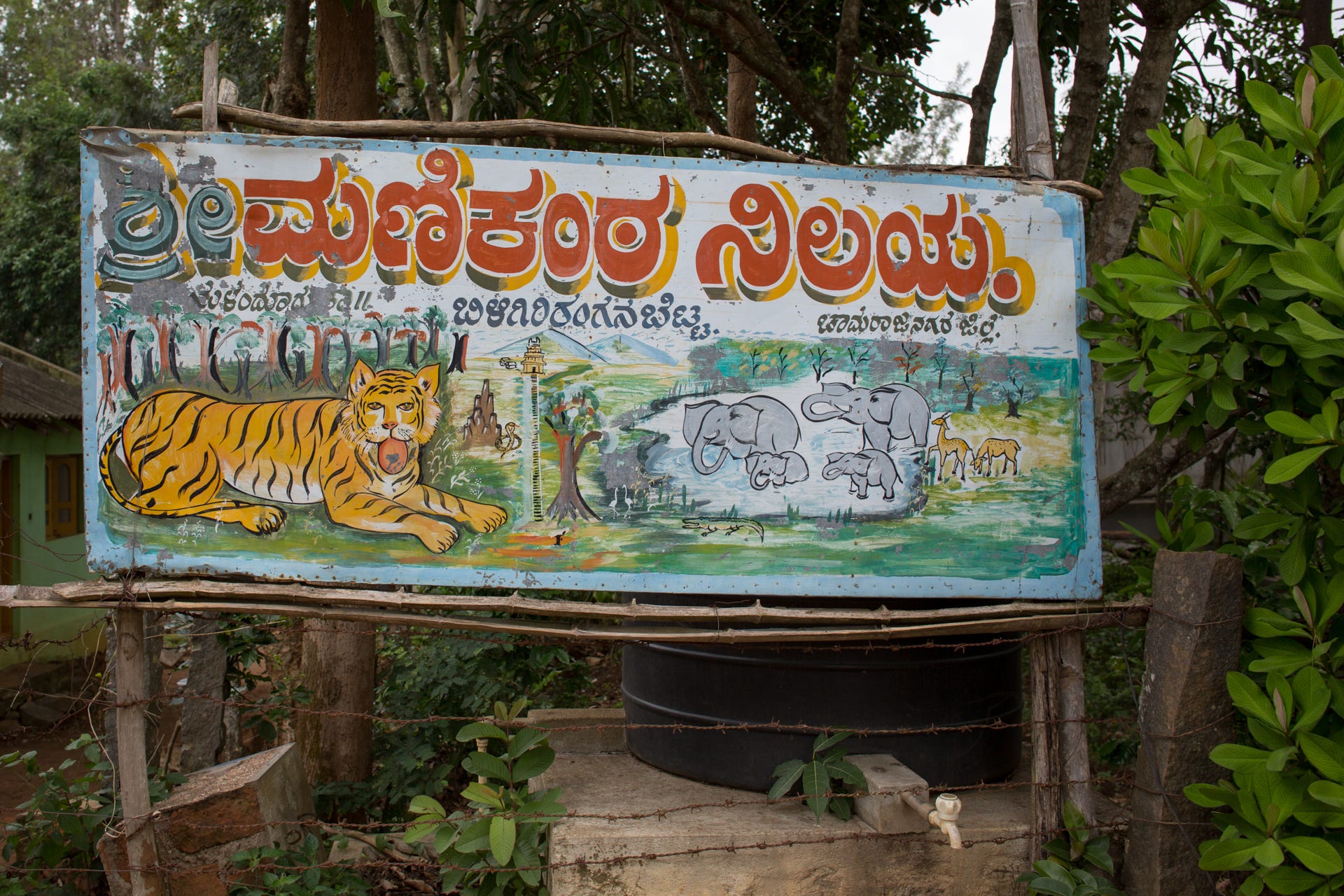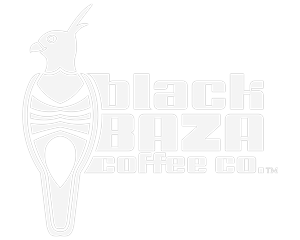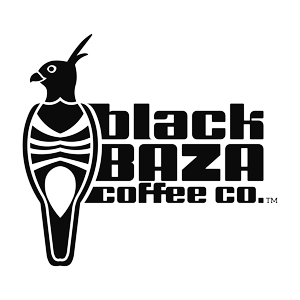
Yerakanagadde is our first stop as we walk deeper into lesser known coffee grounds in later editions.

In this very first edition of Coffee Grounds, we start our reportage from Yerakanagadde, one of the largest podus (a hamlet or forest settlement) in Biligiri Rangathaswamy Temple Wildlife Sanctuary (or more fondly BRT). The name is ‘Biligiri’ or the white hill, because of the white weathered granite that is found all over the region. The Ranganathaswamy Temple came into being when the old Venkatanatha temple that was built there was re-dedicated to Ranganathaswamy by Tipu Sultan on one of his hunting expeditions to the region.
BRT Wildlife Sanctuary is quite unlike many other Protected Areas (PA — areas set aside for the protection of wildlife) in India (keep reading for more on this theme). There are a few podus inside the ‘core area’ of the sanctuary and a few outside. Yerakanagadde is one of ten such podus outside the core and collectively these hamlets are known by most living in BRT as BRT Local. Our field visits start from BRT Local where all of our field coffee (mostly Aeropress) gets brewed here.
Up until 1974, when BRT was declared a wildlife sanctuary, the Soligas, were hunter-gatherers and shifting cultivators who collected a wide range of forest produce to consume and sell in local mandis, the local farmers’ market.
Once BRT became a PA, movement of all kinds was more restricted. Our theory is that settled agriculture (first millets and now coffee), was introduced by the state as a way of ‘settling’ or ‘containing’ people in well-defined spaces. When agriculture became settled, the Soligas slowly moved to growing ragi and jowar but losing crops to foraging wild animals was far too expensive. The search began for a crop that was both profitable and something that wild animals didn’t particularly care for. Coffee was found as a fitting alternative. Over the last 30 odd years, coffee has become the predominant source of income for the Soligas. BRT Local has coffee farms ranging from half an acre up to a couple of acres in size. Coffee homesteads have small, adjoining vegetable patches for personal consumption. Farms also yield pepper, timber and the occasional jamun harvest.
Coffee was a fitting alternative — both profitable and something wild animals didn’t care for…
Every coffee grower in BRT Local has a distinct story of how they stumbled into a life in coffee. Each story is also far-reaching — for the end cup of coffee too. The French Roast cappuccino is no doubt a product of the life histories of producers who harvested the beans. In Coffee Grounds, we immerse ourselves in these stories — they take the form of ‘episodes’ that appear every two weeks and in Episode 1, we start right at the beginning of BRT coffee.





Leave a Reply